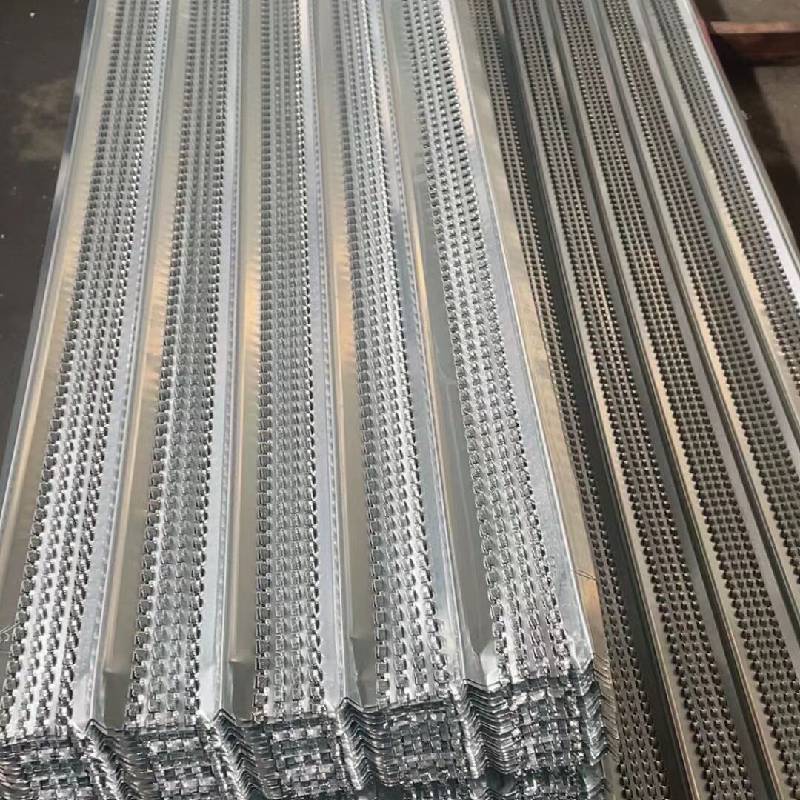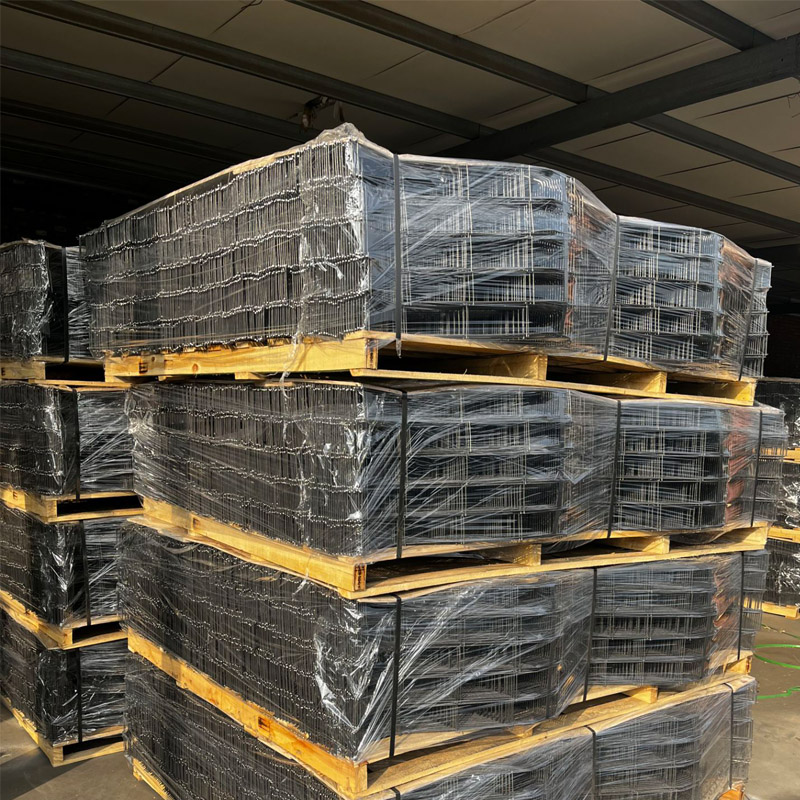
- Mobile Phone
- +8613931874955
- sales@cntcmetal.com
feb . 16, 2025 05:27
Back to list
different types of plaster beads
Plaster beads are an essential component in the construction and finishing industries, playing a critical role in ensuring sharp, durable, and aesthetic edges for plastered surfaces. Many do-it-yourself enthusiasts and professional plasterers acknowledge their significance, yet navigating the variety of plaster beads available can be daunting. Here’s an exploration into the different types of plaster beads, intertwining real-world experience with professional insights to guide your selection process.
Stop Beads Serving as termination points for plaster, stop beads are vital in preventing cracking and movement of plaster surfaces. Their application extends to creating neat edges where plaster meets other surfaces, such as brickwork or stone. The choice between metal or PVC stop beads hinges on the environment; metal is favored for its durability outdoors, while PVC is praised in environments susceptible to corrosion. Drip Beads Essential for exterior plastering, drip beads prevent rainwater from seeping along the underside of plaster surfaces and staining the wall. These are indispensable in climates with heavy rainfall. The strategic design diverts water away from the building fabric, thereby extending the life of the plaster. Contractors insist on using PVC drip beads in these applications due to their resistance to UV rays and environmental stresses. Mesh Beads Mesh beads offer the advantage of a flexible mesh flange that can be embedded into the plaster. Experience indicates that these beads are invaluable for irregular surfaces or in renovation projects where wall alignment is not perfect. The plaster adheres to the mesh, creating a consistent finish that effectively compensates for surface inconsistencies. Selecting the right plaster bead requires careful consideration of several factors, including environmental conditions, aesthetic requirements, and the specific demands of the project. Expert plasterers lean on their repository of practical knowledge, often recommending a mix of materials tailored to achieve superior results. As building standards continue to evolve, plaster beads remain a pivotal point of convergence between traditional techniques and innovative building practices, underscoring their relevance across diverse construction landscapes.


Stop Beads Serving as termination points for plaster, stop beads are vital in preventing cracking and movement of plaster surfaces. Their application extends to creating neat edges where plaster meets other surfaces, such as brickwork or stone. The choice between metal or PVC stop beads hinges on the environment; metal is favored for its durability outdoors, while PVC is praised in environments susceptible to corrosion. Drip Beads Essential for exterior plastering, drip beads prevent rainwater from seeping along the underside of plaster surfaces and staining the wall. These are indispensable in climates with heavy rainfall. The strategic design diverts water away from the building fabric, thereby extending the life of the plaster. Contractors insist on using PVC drip beads in these applications due to their resistance to UV rays and environmental stresses. Mesh Beads Mesh beads offer the advantage of a flexible mesh flange that can be embedded into the plaster. Experience indicates that these beads are invaluable for irregular surfaces or in renovation projects where wall alignment is not perfect. The plaster adheres to the mesh, creating a consistent finish that effectively compensates for surface inconsistencies. Selecting the right plaster bead requires careful consideration of several factors, including environmental conditions, aesthetic requirements, and the specific demands of the project. Expert plasterers lean on their repository of practical knowledge, often recommending a mix of materials tailored to achieve superior results. As building standards continue to evolve, plaster beads remain a pivotal point of convergence between traditional techniques and innovative building practices, underscoring their relevance across diverse construction landscapes.
share:
Next:
Latest news
-
Yard Sign Stakes: Reliable Guardians of Outdoor SignsNewsAug.04,2025
-
Wall Ties: Invisible Guardians of Building StabilityNewsAug.04,2025
-
Resilient Web: The Super Guardian Power of Concrete MeshNewsAug.04,2025
-
Masonry Accessories: A versatile assistant on building foundationsNewsAug.04,2025
-
Iron Binding Wire: the 'invisible reinforcement specialist' in the fields of architecture and industryNewsAug.04,2025
-
Dynamic Spring: The diverse functions and excellent performance of Wire Tension SpringNewsAug.04,2025
-
Your Source for Concrete Wall Ties and Masonry AccessoriesNewsJul.10,2025



















